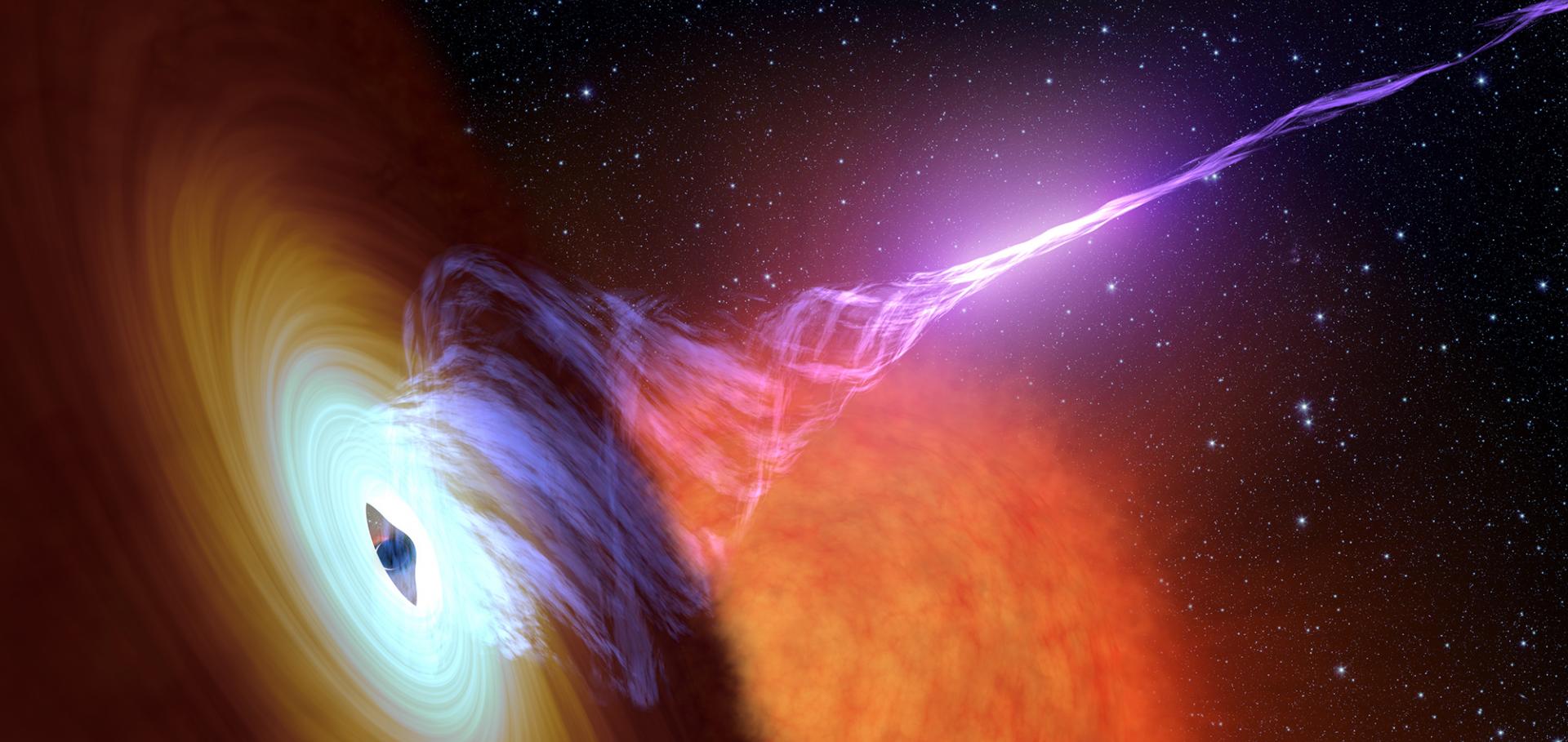MeerKAT discovery of a hyperactive repeating fast radio burst source
(2025)
The Ejection of Transient Jets in Swift J1727.8−1613 Revealed by Time-dependent Visibility Modeling
The Astrophysical Journal Letters American Astronomical Society 984:2 (2025) L53
Abstract:
High angular resolution radio observations of relativistic jets are necessary to understand the causal connection between accretion and jet ejection in low-mass X-ray binaries. Images from these observations can be difficult to reconstruct due to the rapid intra-observational motion and variability of transient jets. We have developed a time-dependent visibility model fitting and self-calibration procedure and applied it to a single 4 hr VLBA observation of the low-mass X-ray binary Swift J1727.8−1613 during the bright flaring period of its 2023 outburst. This allowed us to detect and model a slightly resolved self-absorbed compact core, as well as three downstream transient jet knots. We were able to precisely measure the proper motion and flux density variability of these three jet knots, as well as (for the first time) their intra-observational expansion. Using simultaneous multifrequency data, we were also able to measure the spectral index of the furthest downstream jet knot, and the core, as well as the frequency-dependent core shift between 2.3 and 8.3 GHz. Using these measurements, we inferred the ejection dates of the three jet knots, including one to within ±40 minutes, which is one of the most precise ever measured. The ejection of the transient jet knots coincided with a bright X-ray flare and a drastic change in the X-ray spectral and timing properties as seen by HXMT, which is the clearest association ever seen between the launching of transient relativistic jets in an X-ray binary and a sudden change in the X-ray properties of the accretion inflow.Relativistic ejecta from stellar mass black holes: insights from simulations and synthetic radio images
(2025)
MeerKAT discovers a jet-driven bow shock near GRS 1915+105. How an invisible large-scale jet sculpts a microquasar's environment
(2025)
Quantifying jet-interstellar medium interactions in Cyg X-1: Insights from dual-frequency bow shock detection with MeerKAT
(2025)


